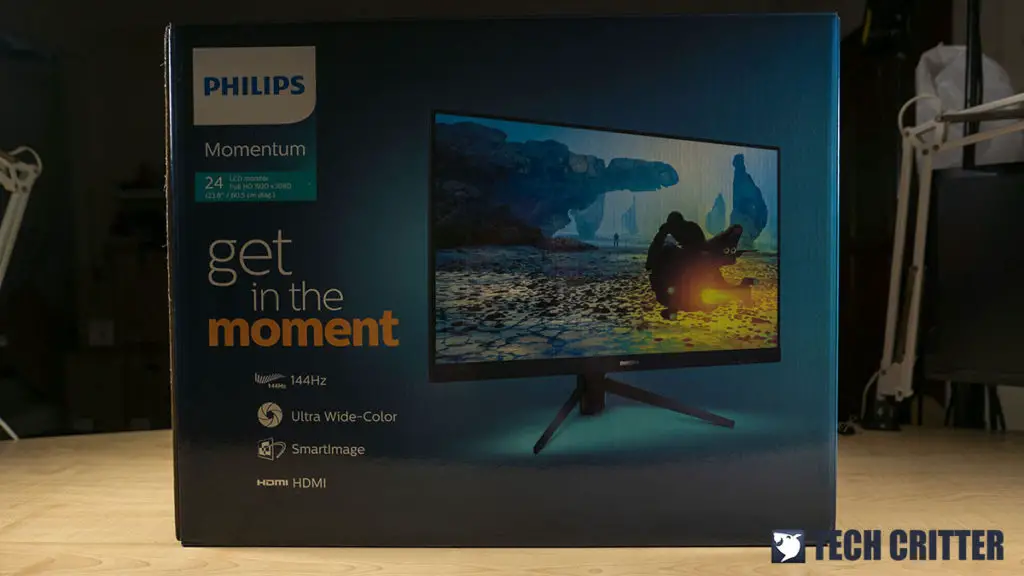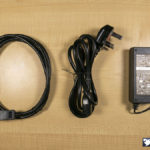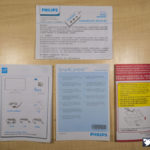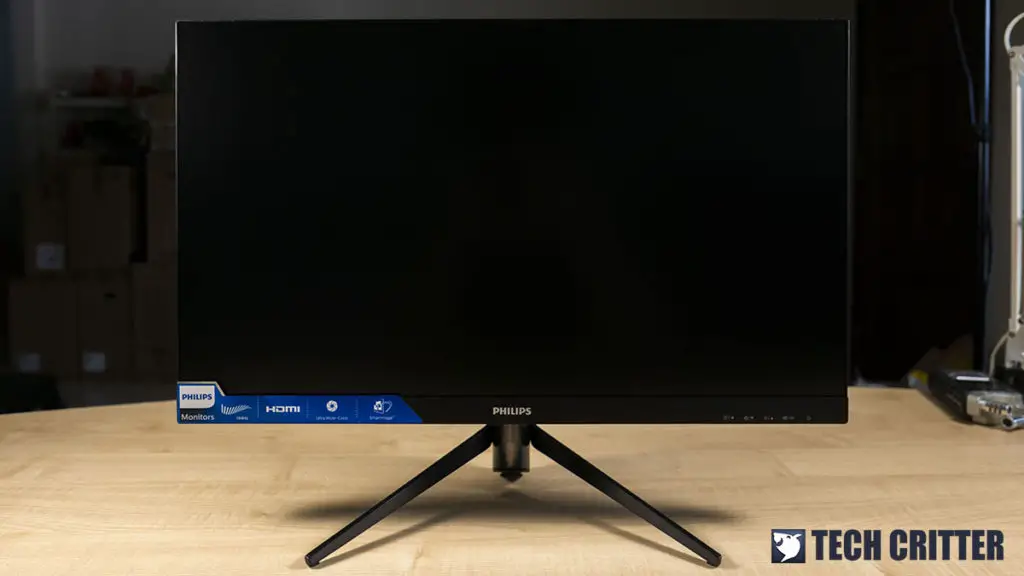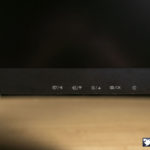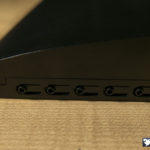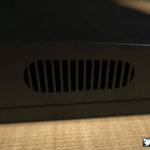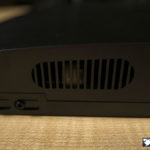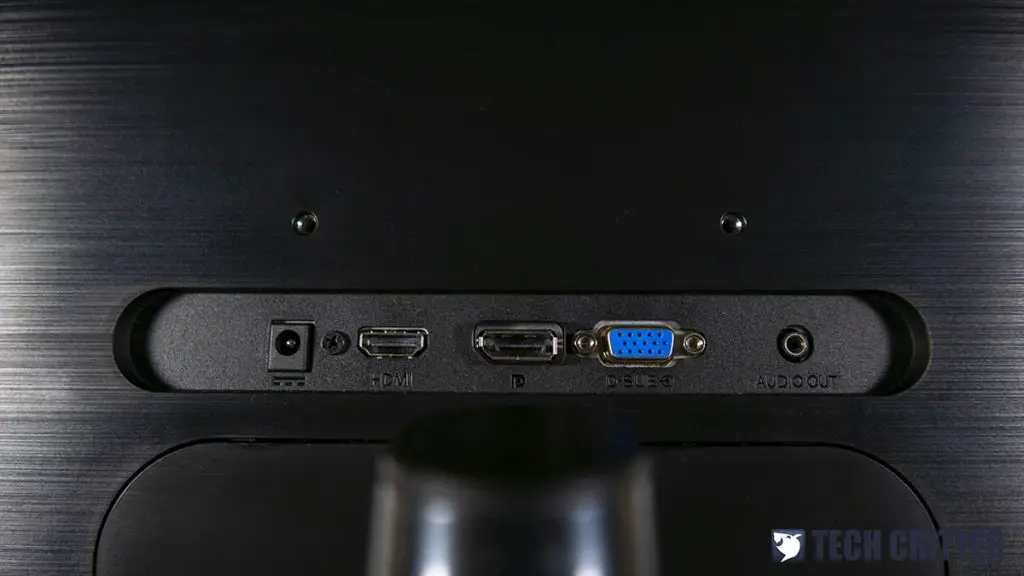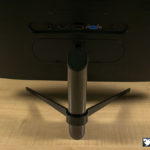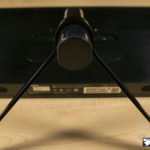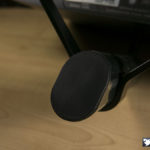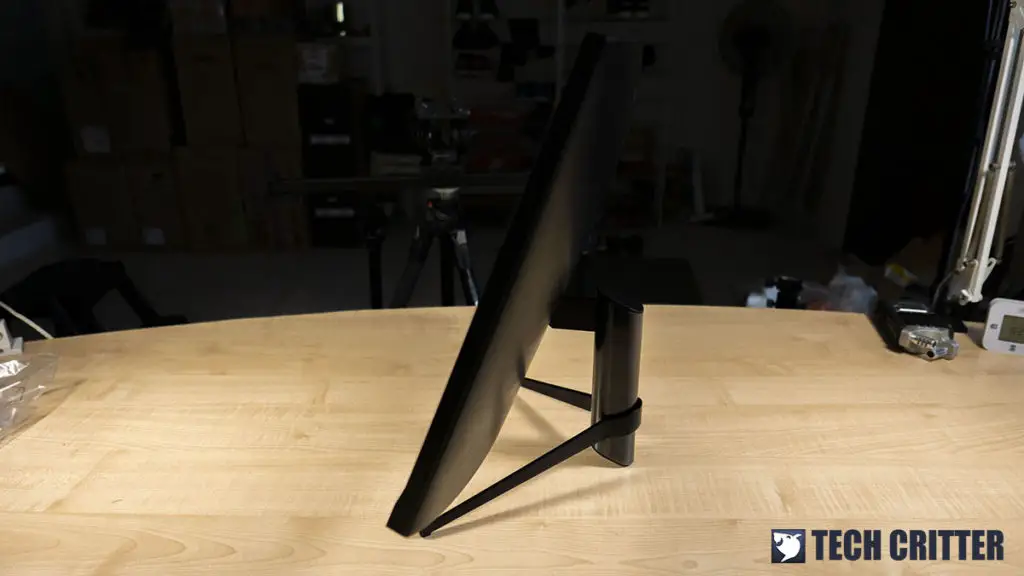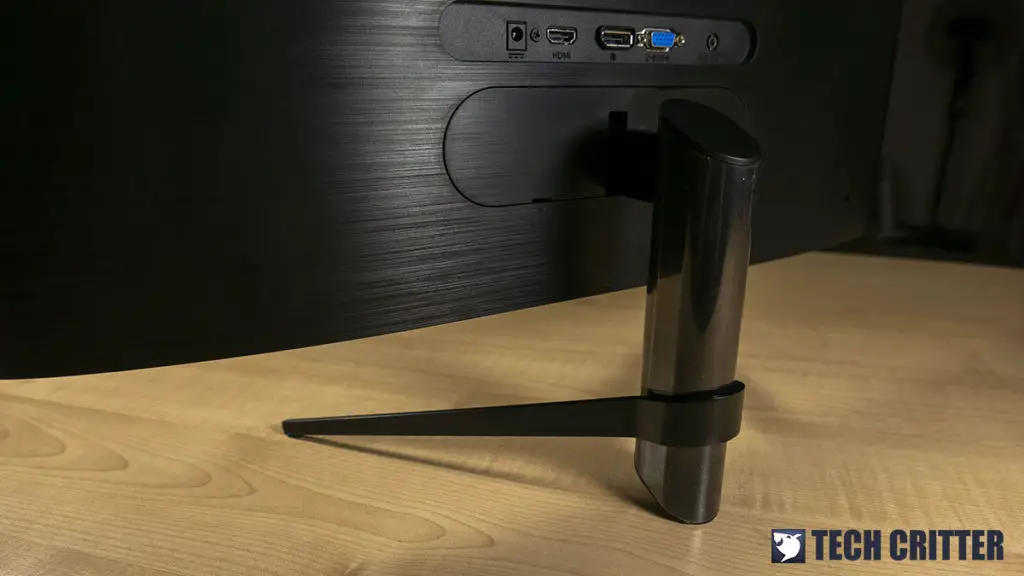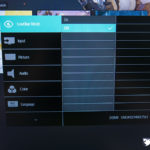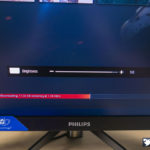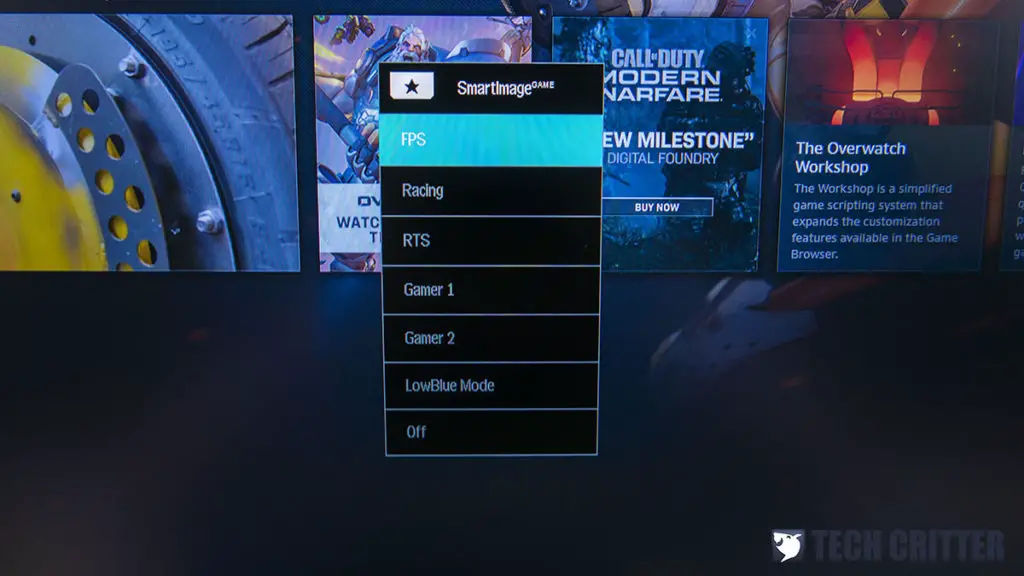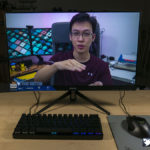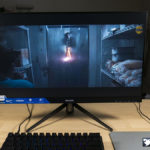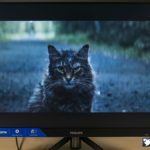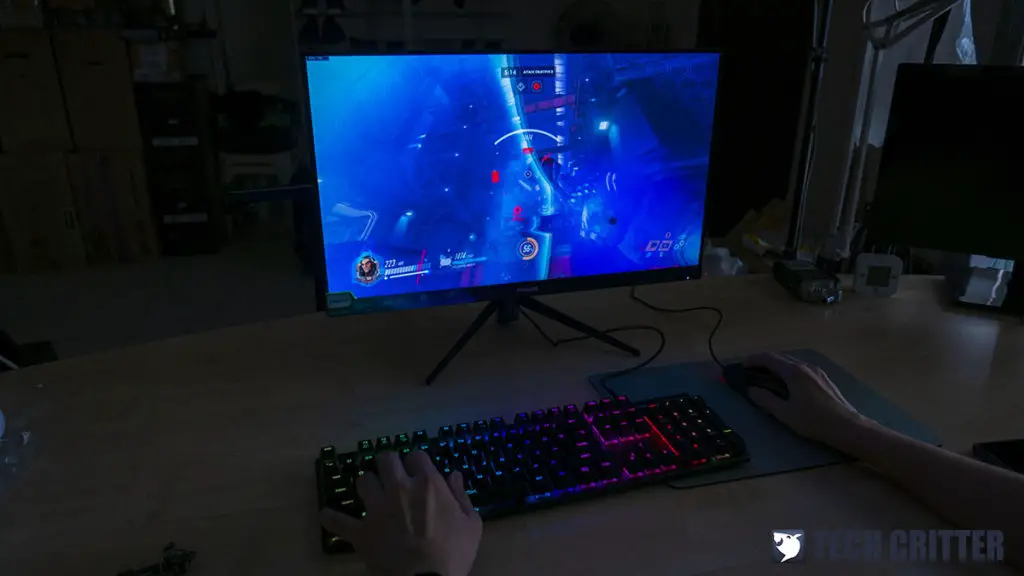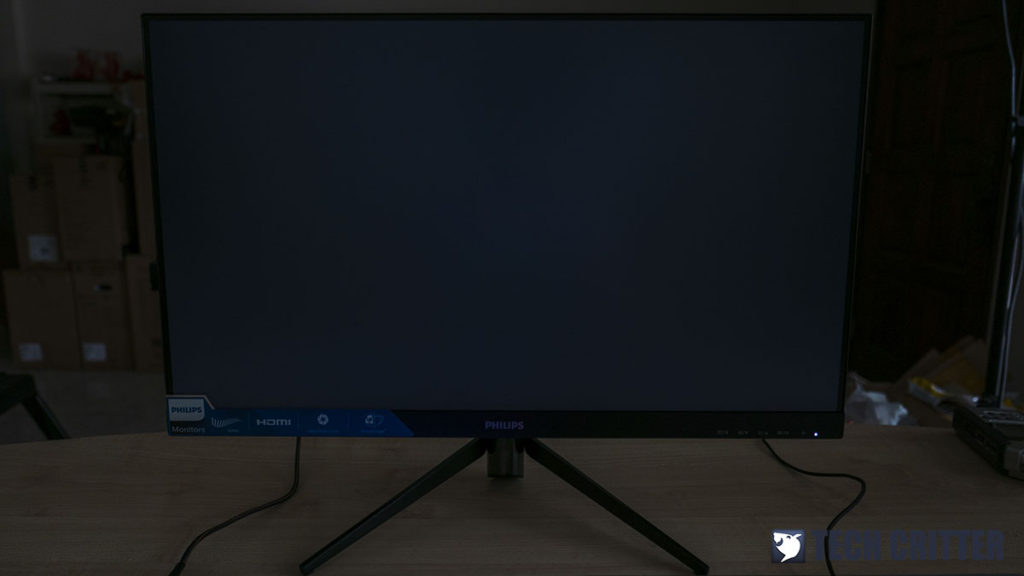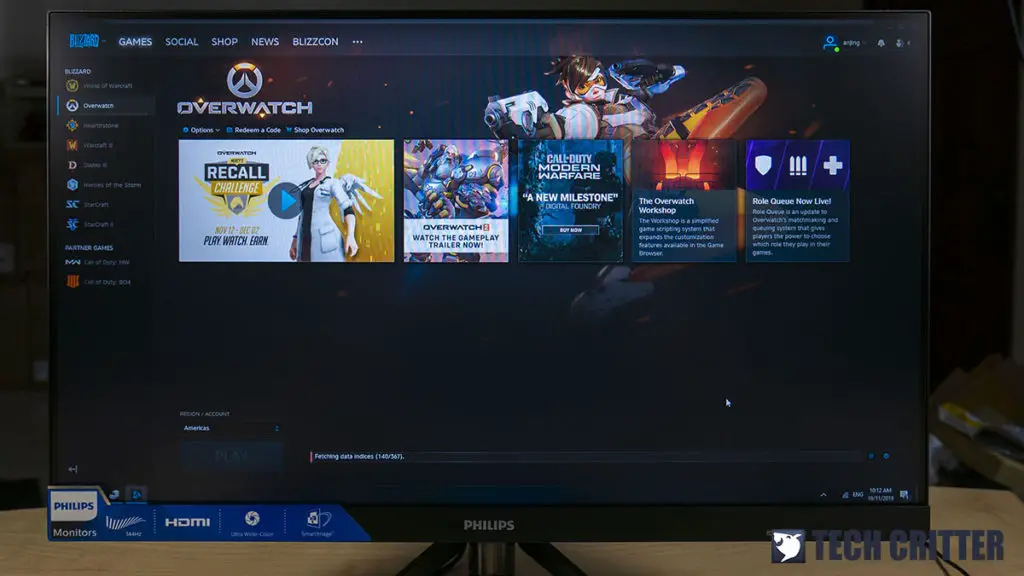First teased back in August 2019, the Philips 242M8 144Hz 1ms IPS monitor is finally available in the market. What really caught our interest back then is the 144Hz 1ms IPS display which is supposed to be much more favorable than the more commonly seen 144Hz TN or VA panels due to its wider color range.
In this review, we will be taking a closer look at the Philips 242M8 144Hz 1ms IPS monitor and see if it can really deliver the performance that we can expect from a 144Hz IPS 1ms monitor.
Specifications
| LCD Panel Type | IPS Technology |
| Backlight Type | W-LED System |
| Panel Size | 23.8 inch / 60.5 cm |
| Display Screen Coating | Anti-Glare, 3H, Haze 25% |
| Effective Viewing Area | 529.04 (H) x 296.46 (V) |
| Aspect Ratio | 16:9 |
| Optimum Resolution | 1920 x 1080 @ 144Hz |
| Pixel Density | 93 PPI |
| Response time | 1ms (MPRT) |
| Brightness | 250 cd/m² |
| SmartContrast | Mega Infinity DCR |
| Contrast Ratio | 1000:1 |
| Pixel pitch | 0.2745 x 0.2745 mm |
| Viewing angle | 178º (H) / 178º (V) @ C/R > 10 |
| Color Gamut | NTSC 111%*, sRGB 127%* |
| Picture Enhancement | SmartImage game |
| Display Colors | 16.7 M |
| Scanning Frequency | 30 – 160 kHz (H) / 48 – 144 Hz (V) |
| Features |
|
| Signal Input |
|
| Sync Input |
|
| Audio (In/Out) | Audio out |
Unboxing
Starting off with the packaging, the Philips 242M8 ships in a pretty colorful box which gives the impression which this monitor is made for gaming at first glance. There are plenty of features available on this monitor, but Philips only highlighted a few at the front of the box i.e 144Hz refresh rate, Ultra Wide-Color, SmartImage, and the HDMI connectivity.
Since the monitor weighed only at 2.97kg (2.49kg without the stand), the box feels surprisingly light when we first picked up the box – as if someone has forgotten to pack the monitor into the box.
The accessories included with the monitor are the usual paper documents such as the user’s guide, warranty notice, and the monitor cables and power brick for the monitor.
The Philips 242M8 144Hz 1ms IPS Monitor
Starting off with the design, the Philips 242M8 features a modern and minimalistic design which is favorable by many users nowadays. Such design paired with the extremely thin bezel on the display makes it a pretty good choice for those of you who are going for a minimalist desktop setup.
Some of you might be a fan of those fancy joystick control that is usually available on a fancier gaming monitor, but you won’t find it on the Philips 242M8. The control buttons are pretty standard as what we can see here, which is more than enough to get the job done.
At the bottom of each side of the monitor, you’ll find these grill like design that looks like a pair of speakers for the monitor – sadly, it’s not. After taking a closer look at it, it seems to be the ventilation hole to get rid of the heat that is inside the housing of the monitor.
As for the display input, the Philips 242M8 comes with support for some of the most commonly used display inputs such as HDMI, DisplayPort, and VGA. It also supports audio output via HDMI or DisplayPort, so you can connect your speakers directly to the audio jack if you don’t feel like using the onboard audio on your system.
Compared to most of the monitors you can find in the market, the monitor stand for this monitor is probably the lightest we’ve seen so far. It’s also one of the very few monitors in the market that comes with a preinstalled monitor stand, which means that the monitor is ready to use right out of the box.
It doesn’t come with a heavy base for its stand but the base of the stand is well designed with the right angle to prevent the monitor from toppling over. You’ll also find these rubber pads on the base which provide enough grip to prevent the monitor from slipping around on the desk.
Tilting the display is the only adjustment available on the Philips 242M8 because of the design of the stand – no adjustable height and rotatable display.
Despite the limited adjustment, the original monitor stand can be removed and make space for VESA mount installation. It’s definitely an added cost to do so but hey, at least you can still install it on a VESA mount if you really that custom height and orientation.
Monitor On-Screen Display
The OSD design is rather simple and straight to the point as compared to those on a fancy ‘gaming monitor’. Most of the options for color and brightness adjustments, input selection, language or the LowBlue mode can be accessed from the OSD.
SmartImage is one of the highlighted features of the Philips 242M8, which is the custom color profile that is fine-tuned to achieve the optimal color profile for various purposes.
User Experience
Viewing angle is just good as you can barely see any significant color distortion even when it’s viewed from a sharp angle. While it is unlikely for anyone to use the monitor from weird viewing angles, it can be useful if you have a few more people around you that are looking at the monitor from different angles.
While the LowBlue mode works great for long hours of reading or work, the ‘Gamer 2’ profile from the SmartImage menu works the best for videos. The rest of the profiles available just don’t look as good as ‘Gamer 2’ because most of them just look blue-ish or washed out.
If we were to compare it with some of the IPS panel monitors we have in the office that is used for our work – which easily cost around 2 times the price of the Philips 242M8, the colors on the Philips 242M8 is definitely not up to that level due to the difference in the quality of the IPS panel used.
In our gaming test, the 144Hz refresh rate works just as intended and the difference is very significant especially for fast-paced games that have a lot of moving objects on the screen. It also supports AMD FreeSync technology which helps to avoid tearing and reducing stuttering caused by misalignment with content’s frame rate, much like NVIDIA G-SYNC.
We’ve rotated the color profile for a number of times during our gaming test but we realized that ‘Gamer 2’ is the only profile that actually looks good for most of the games that we’ve tested. Much like our video test, ‘Gamer 2’ still works the best and the profile that is highly recommended for multipurpose use.
Since the Philips 242M8 uses IPS panel for its display, backlight bleeding and IPS glow is something much to be expected. Switching the background to a solid black color background will make it easier for us to check on the backlight bleeding and IPS glow on the panel.
From the photo above you can definitely see the glow on the corners of the display, but it’s not as bad as some of the IPS panels we’ve seen in the past. It’s not super bright even in a dark environment, so I’d say it’s still acceptable at this point.
Final Thoughts
After using it for weeks, we must say that the Philips 242M8 is actually a pretty good deal for the features it has to offer at the price of RM689 – definitely not the kind of price you would normally see for a monitor that comes with 144HZ 1ms IPS panel and AMD FreeSync support. We started the review with a little expectation from the monitor but it appears that it can deliver more than what we have expected initially.
Other than the SmartImage color profile that didn’t really work out that well and the limited adjustments which can be easily handled with a VESA mount, the rest of the features such as the 144Hz refresh rate and the colors of the IPS panel is surprisingly okay for its price tag.
Pros
- Preinstalled monitor stand
- 144Hz refresh rate IPS panel with 1ms MPRT
- Good color gamut coverage
- Lightweight and easy to carry around
- Support for VESA mount
- Support for AMD FreeSync
- Surprisingly affordable price
Cons
- Doesn’t support height adjustment and rotatable display
- Not so great built-in color profiles


